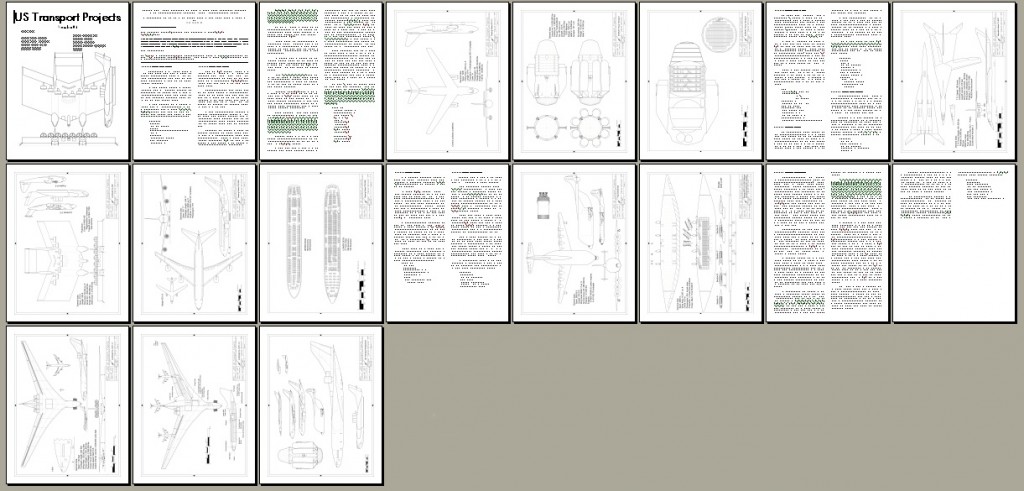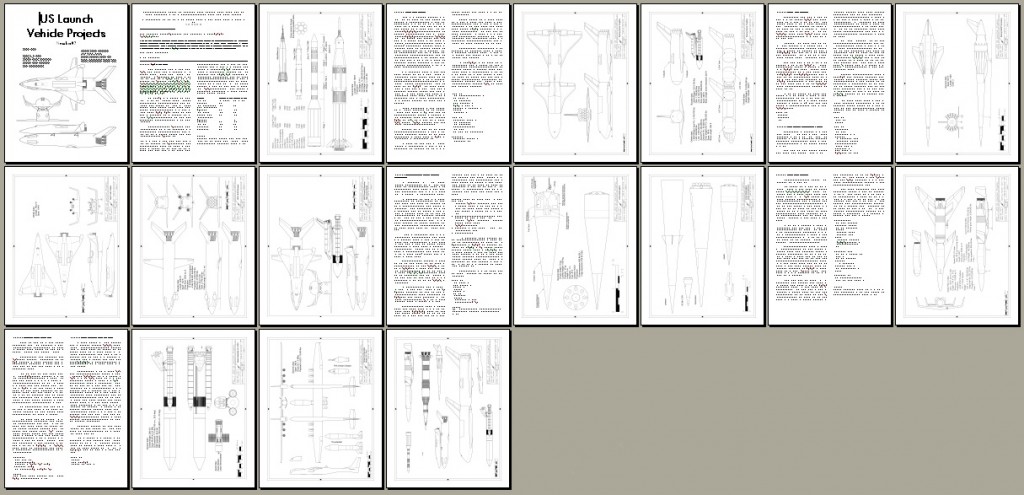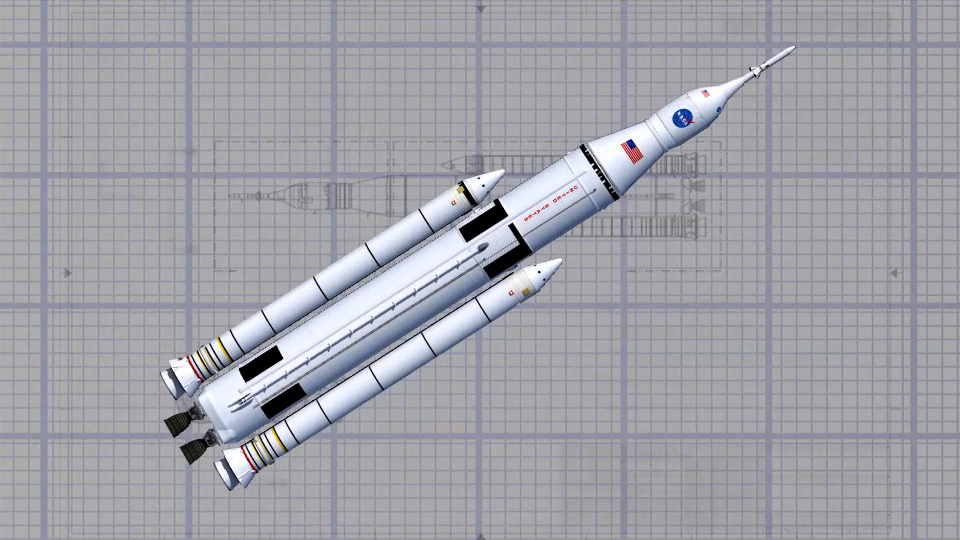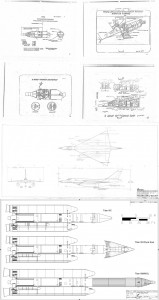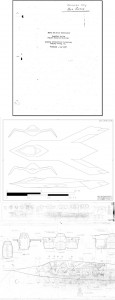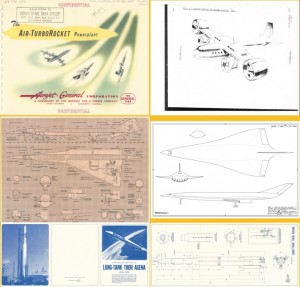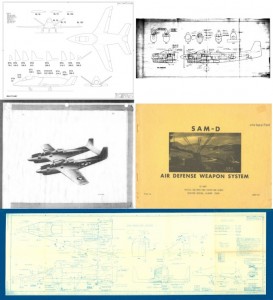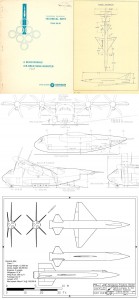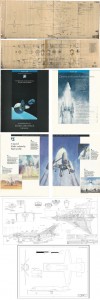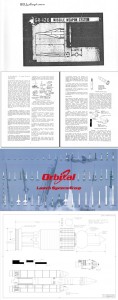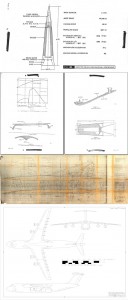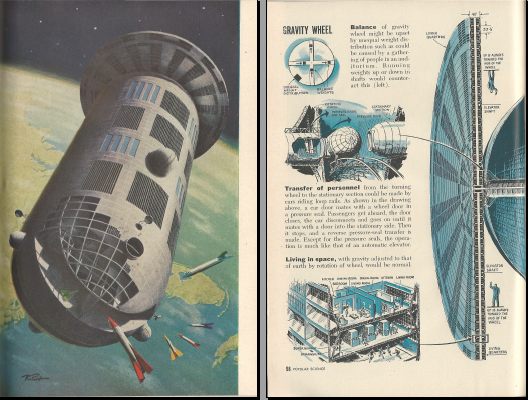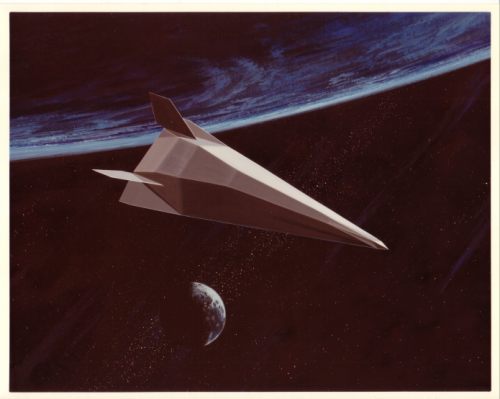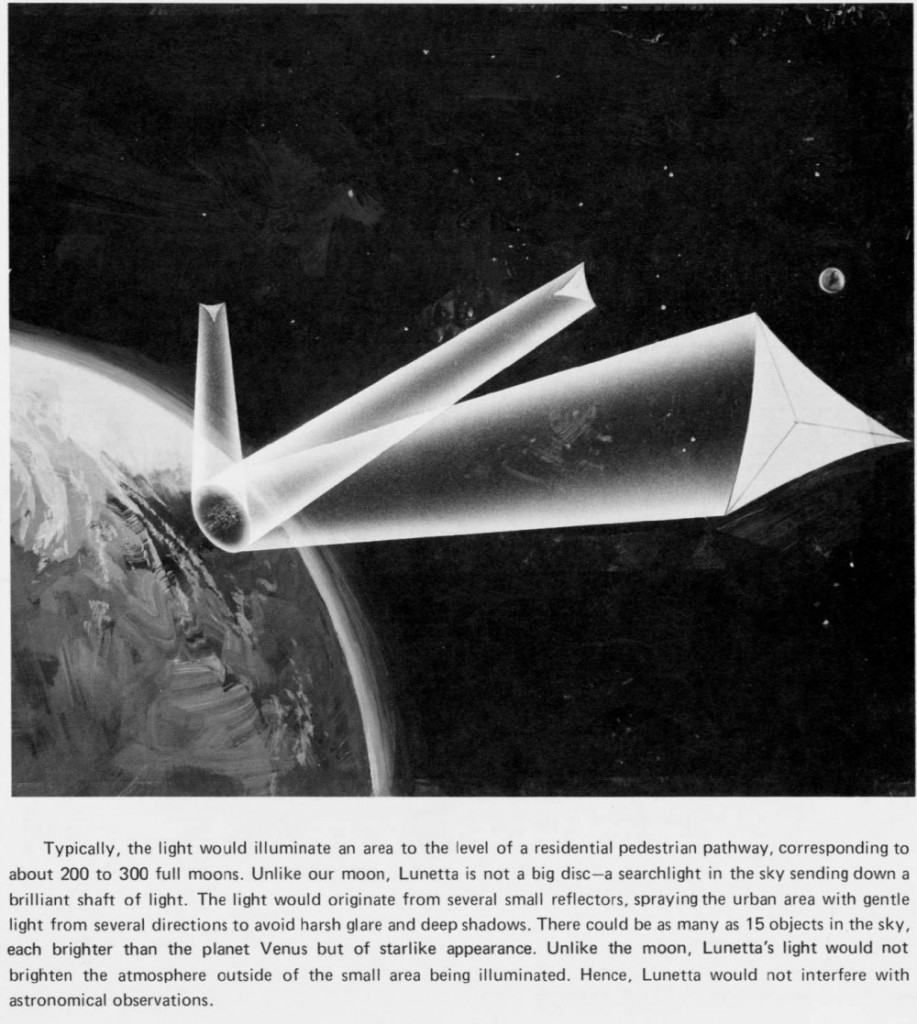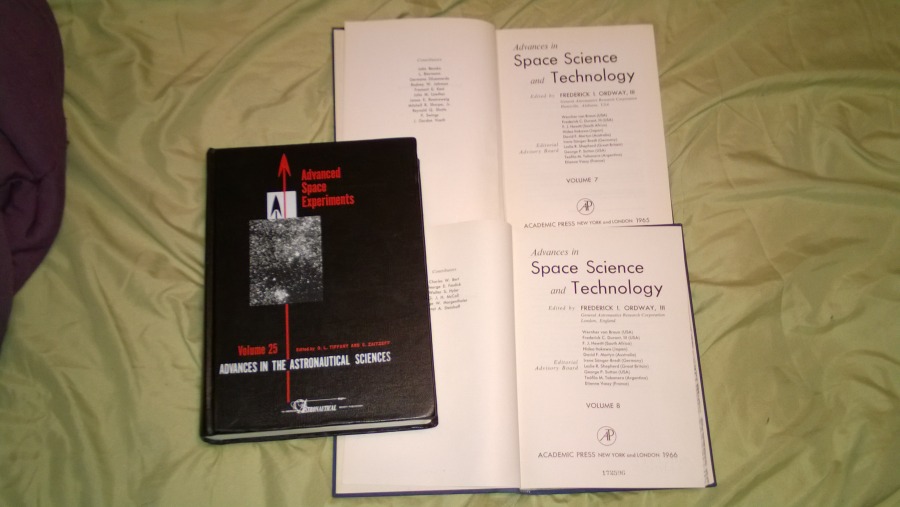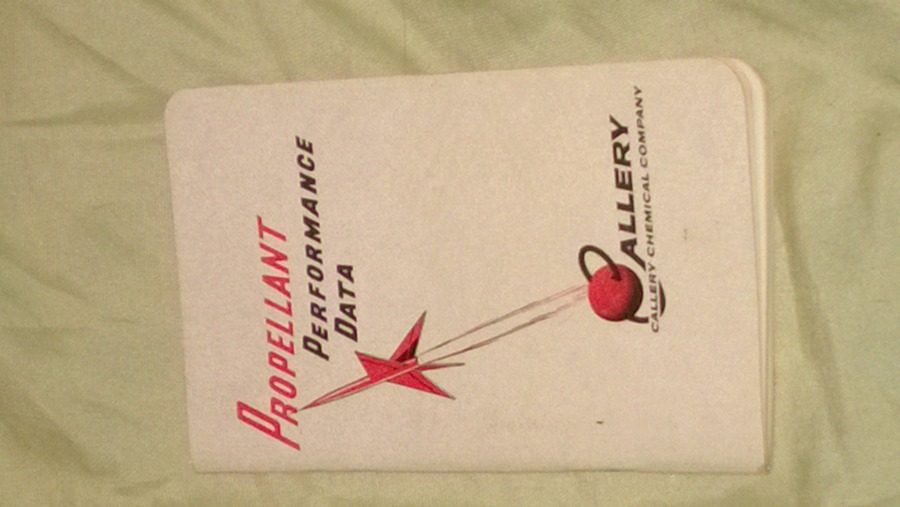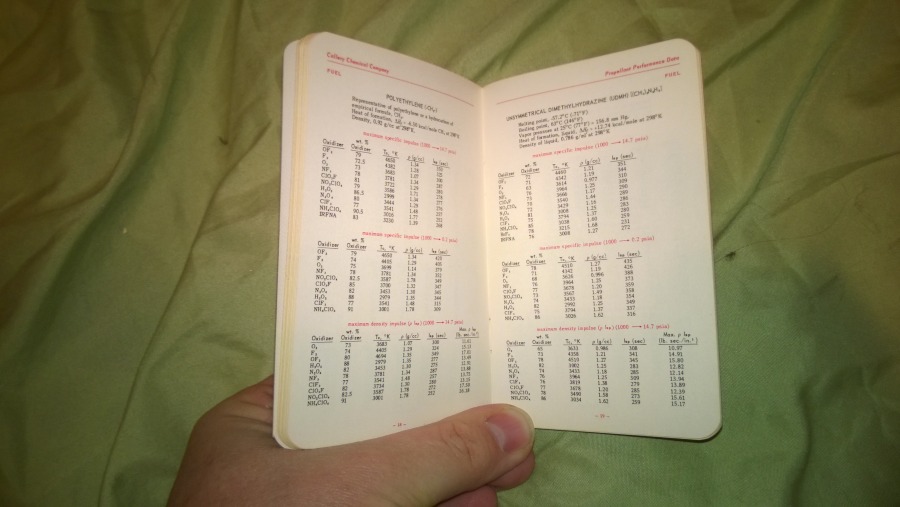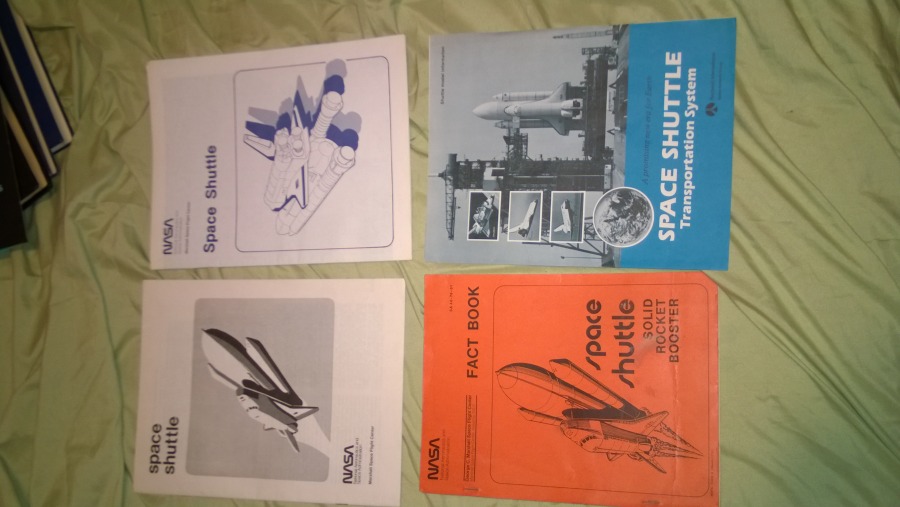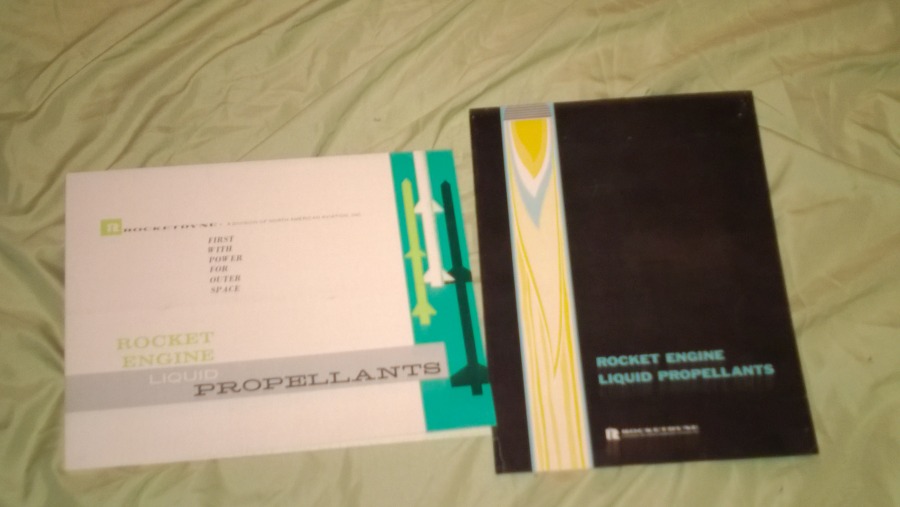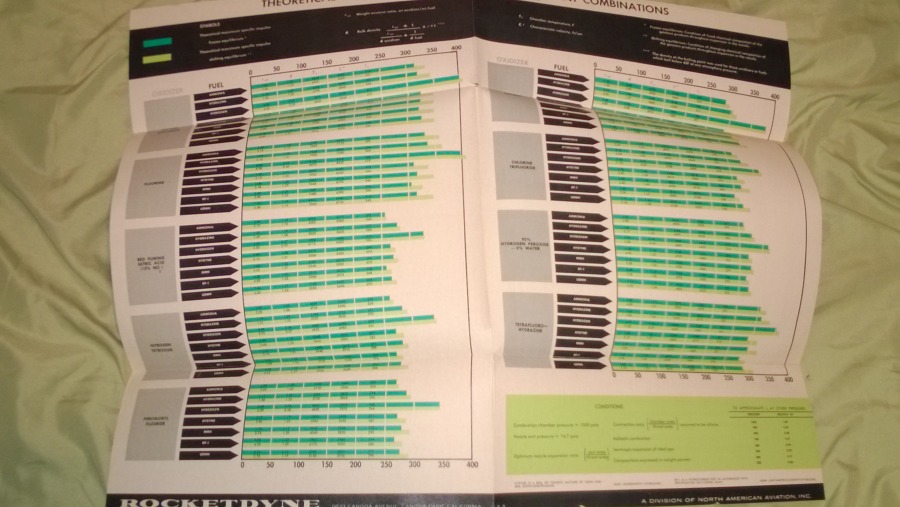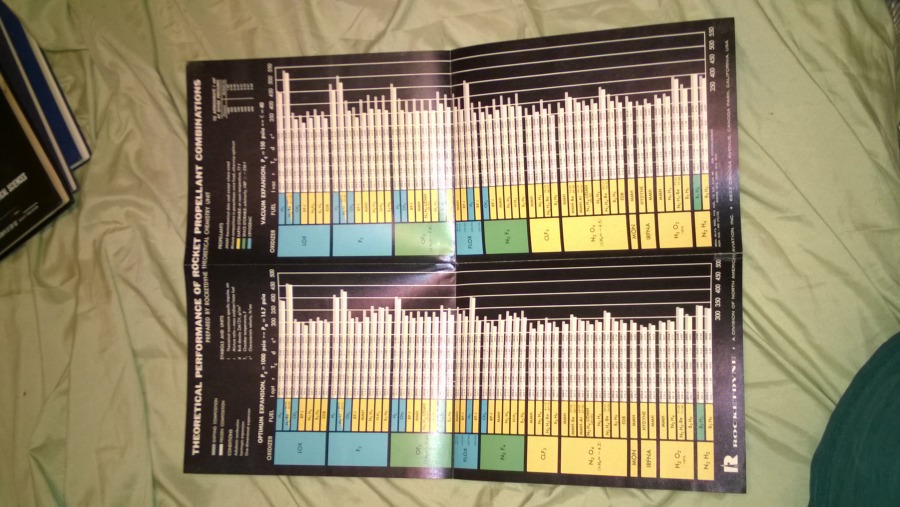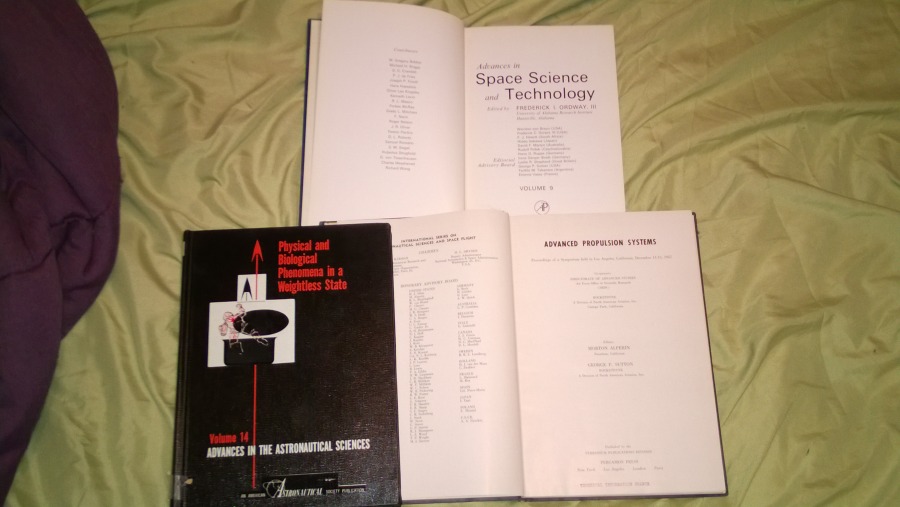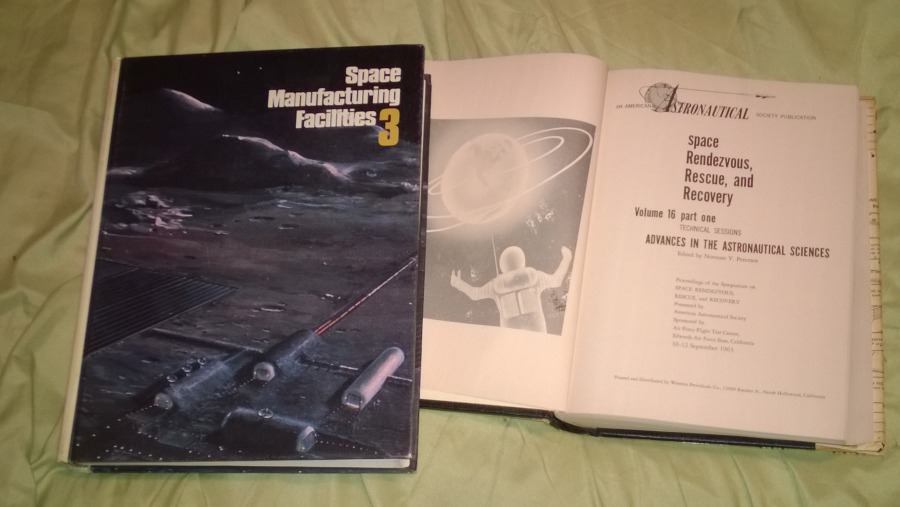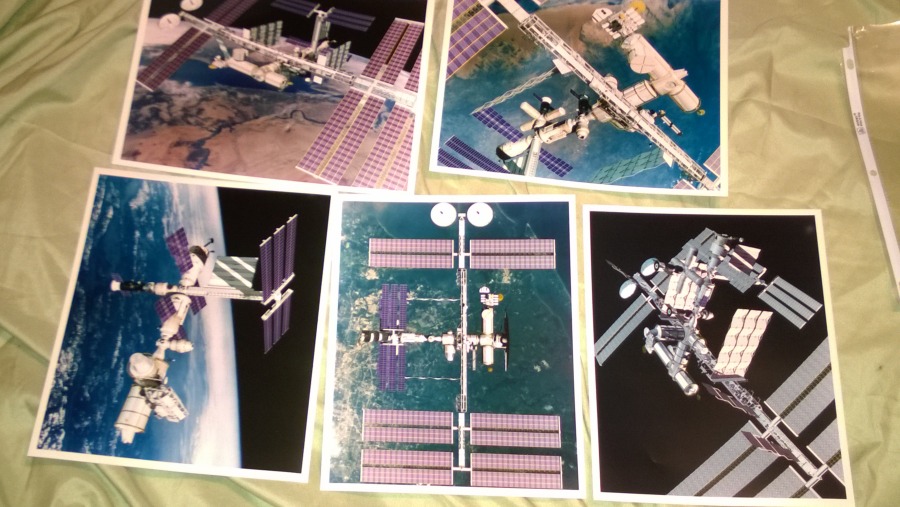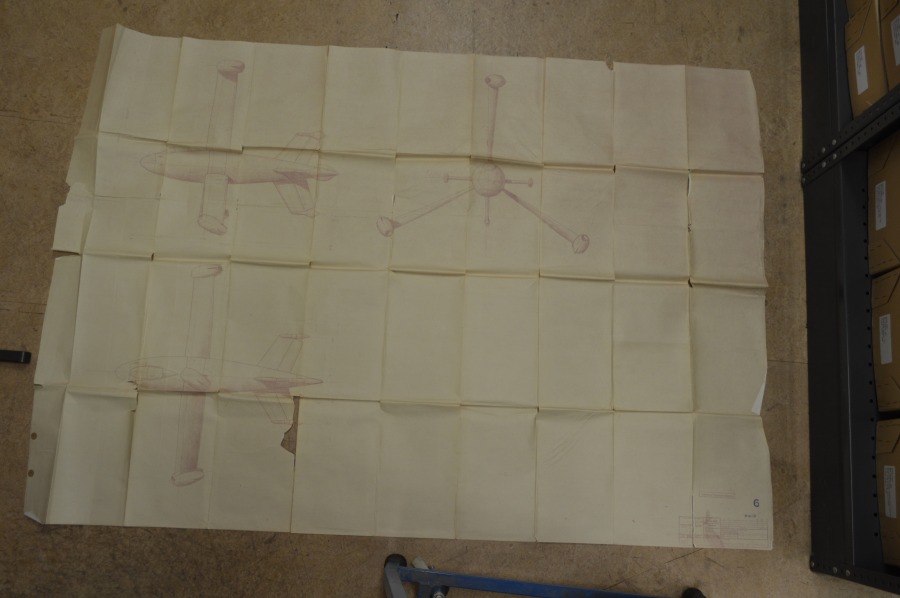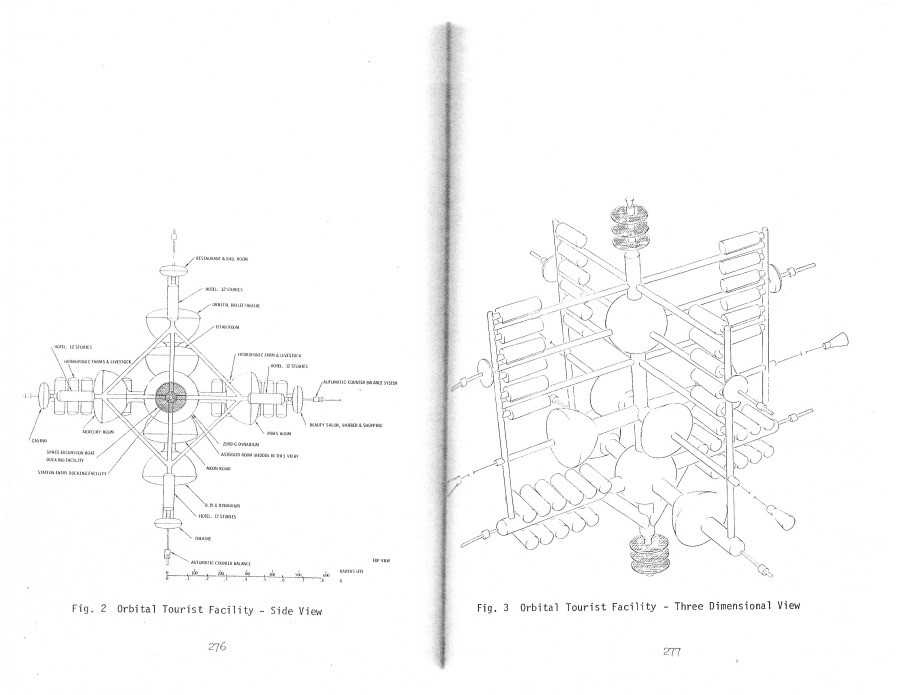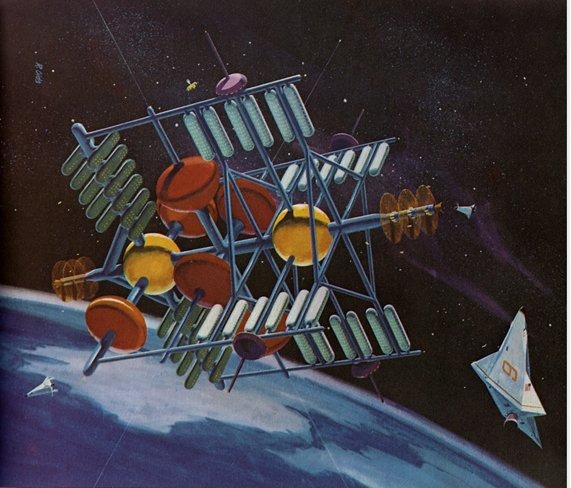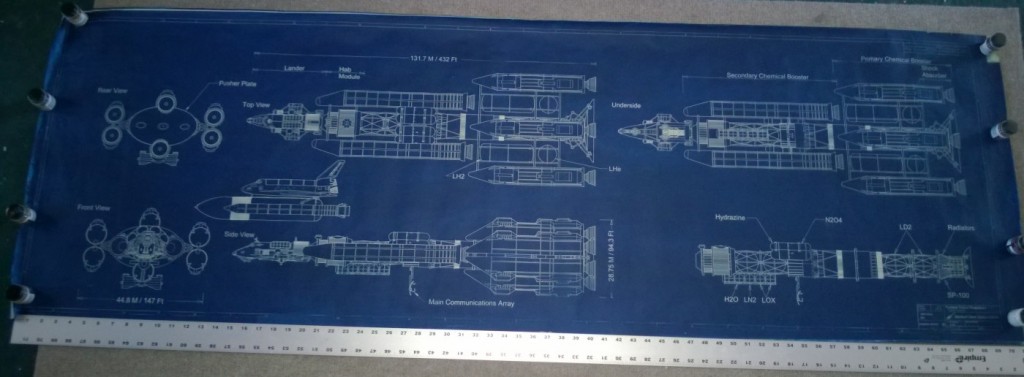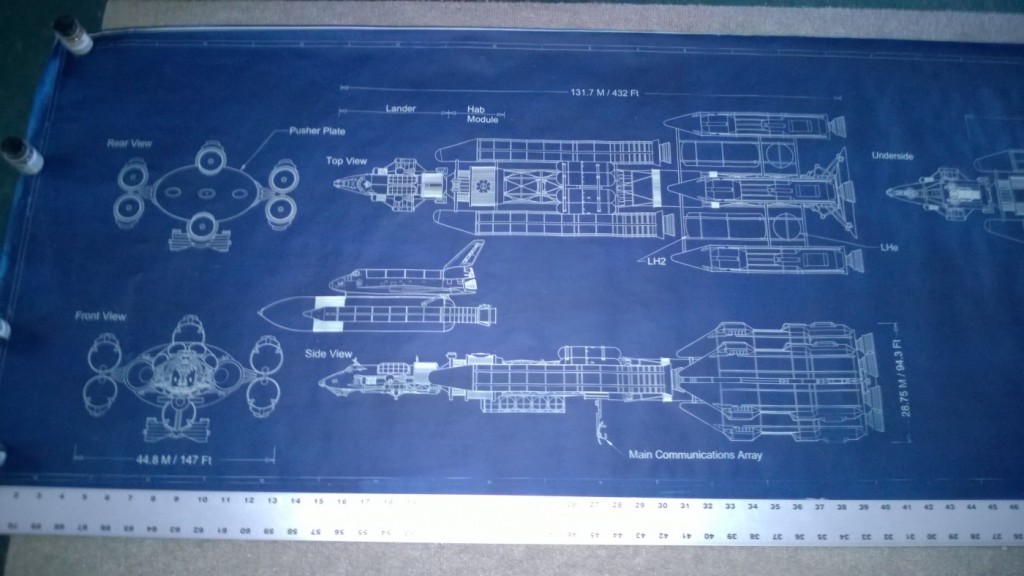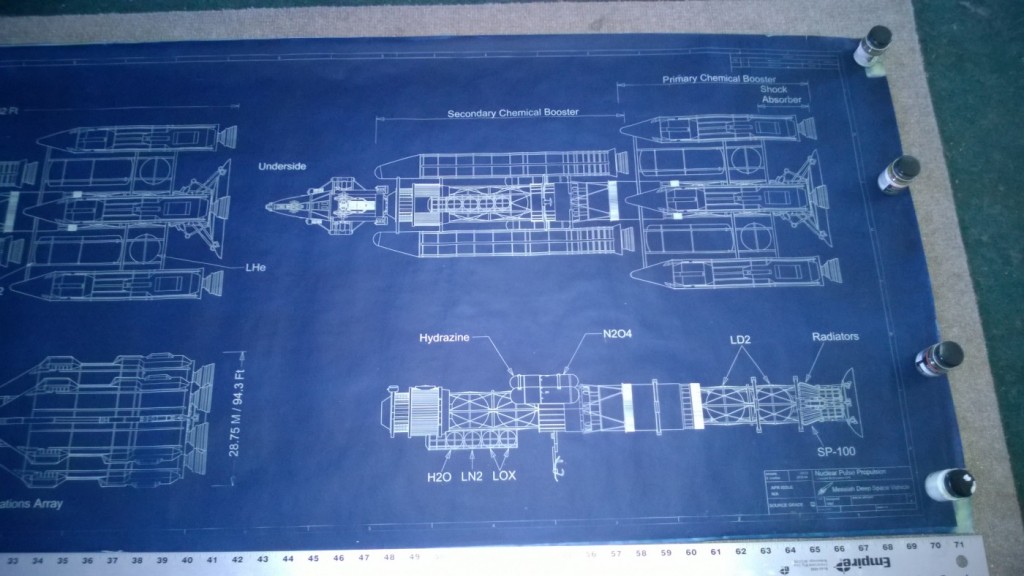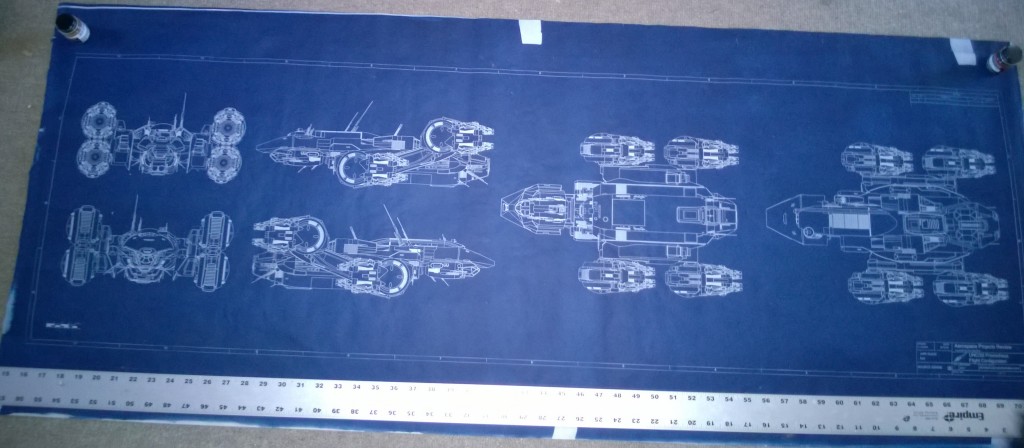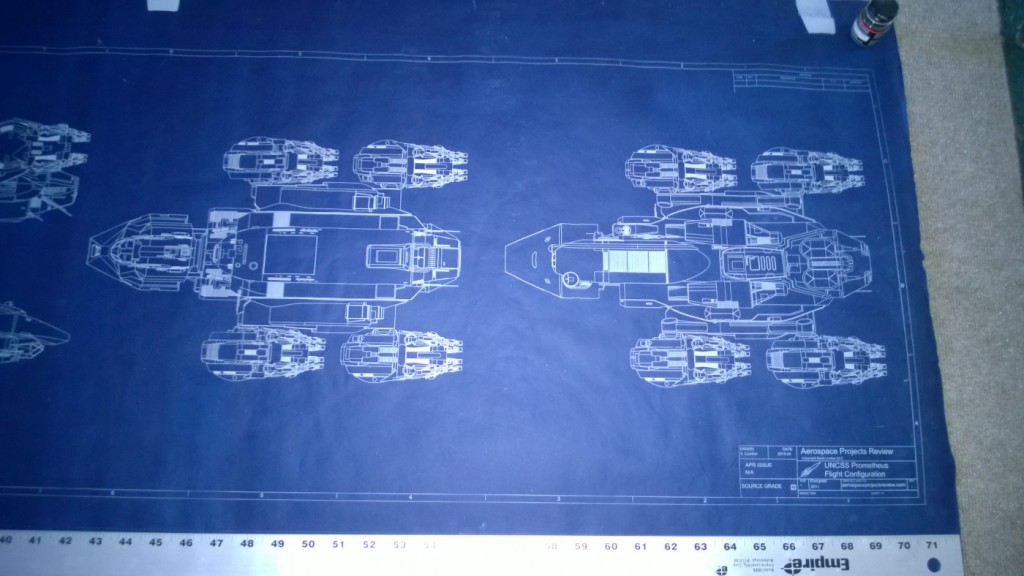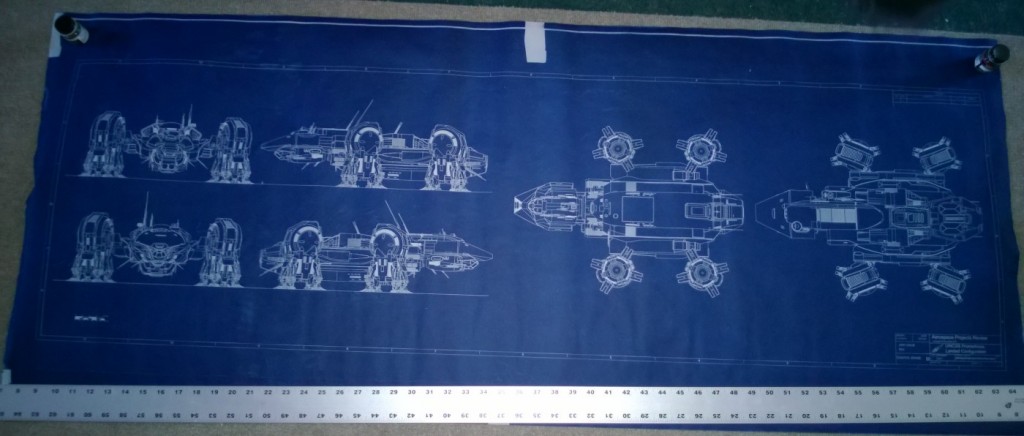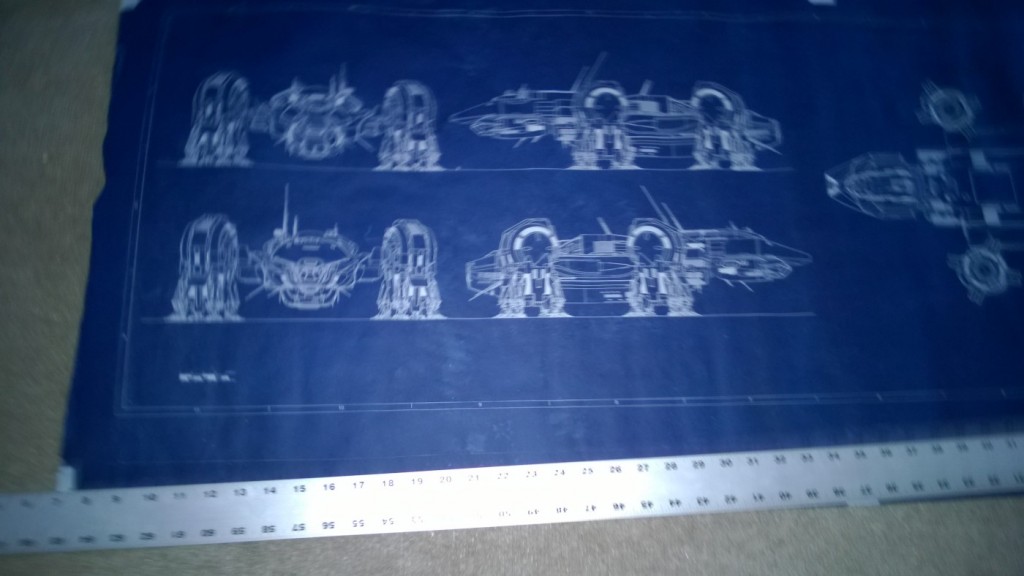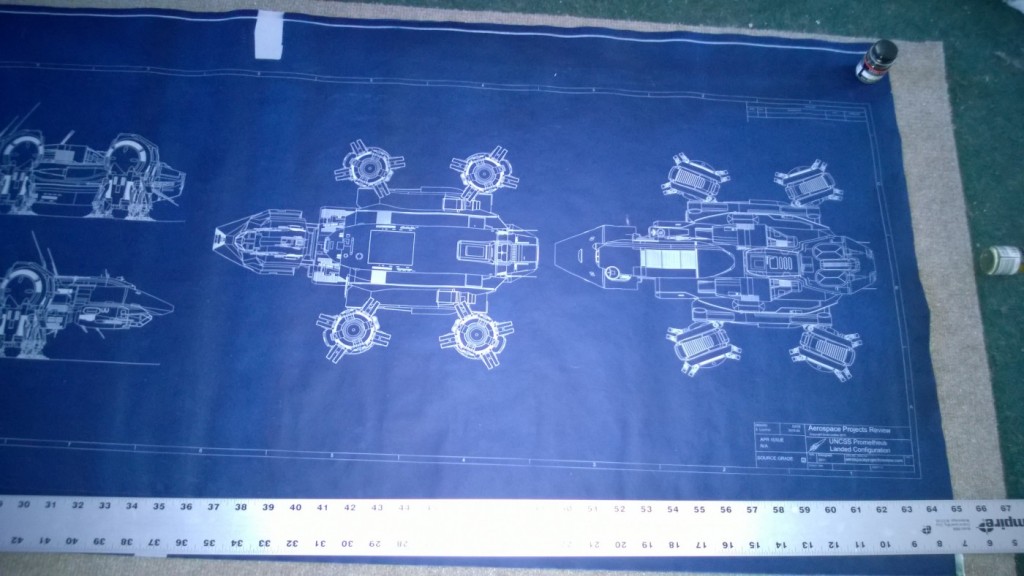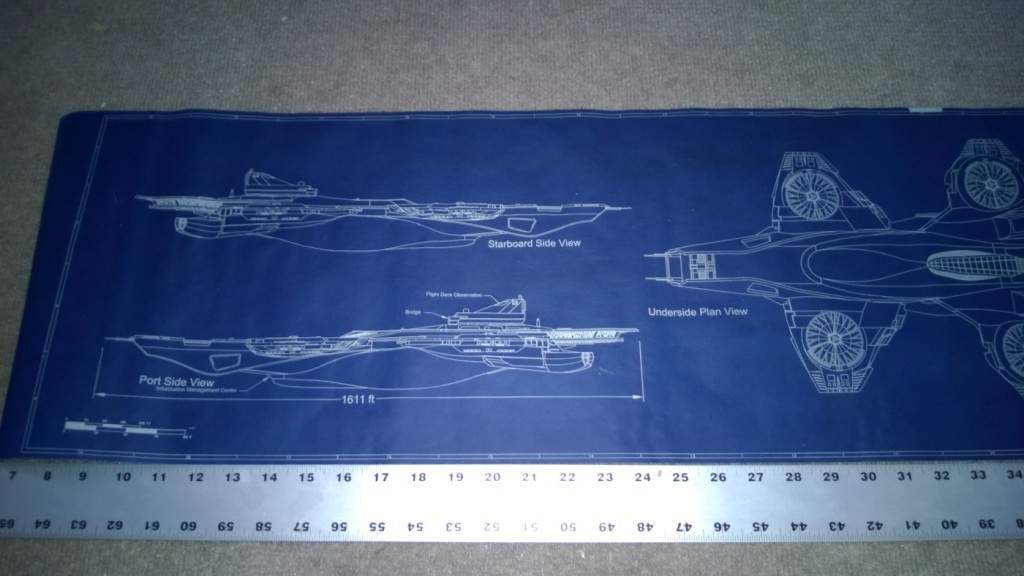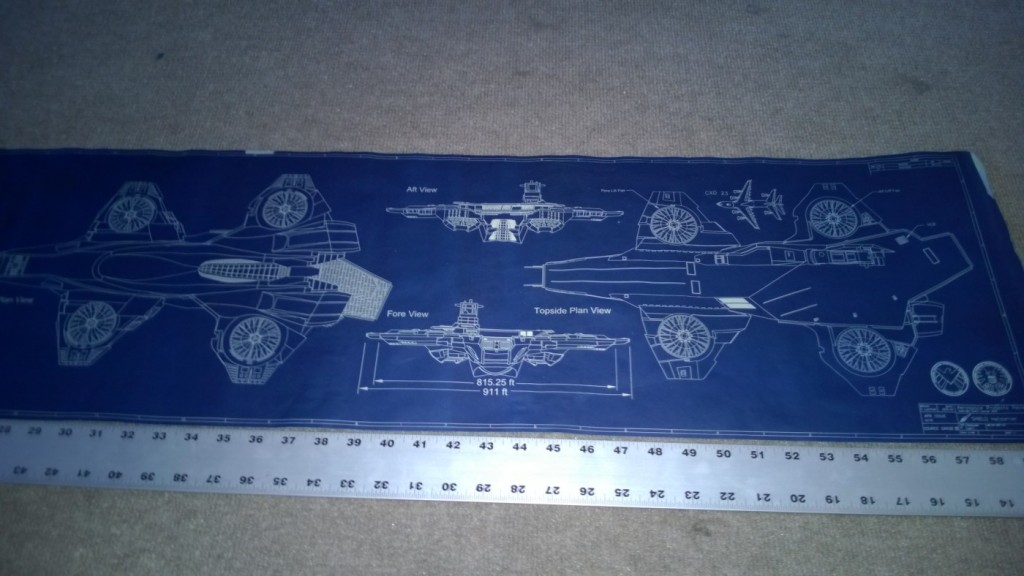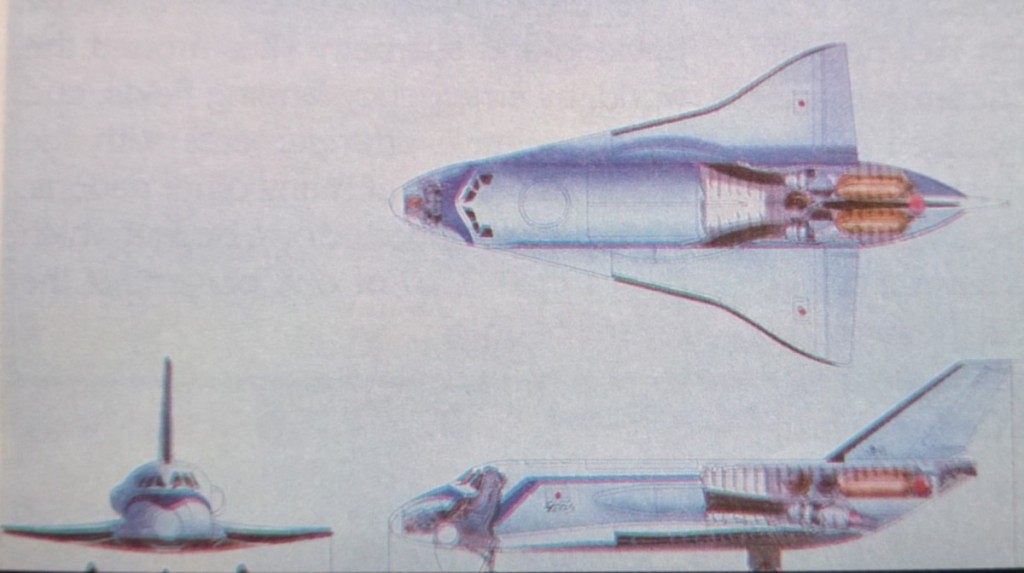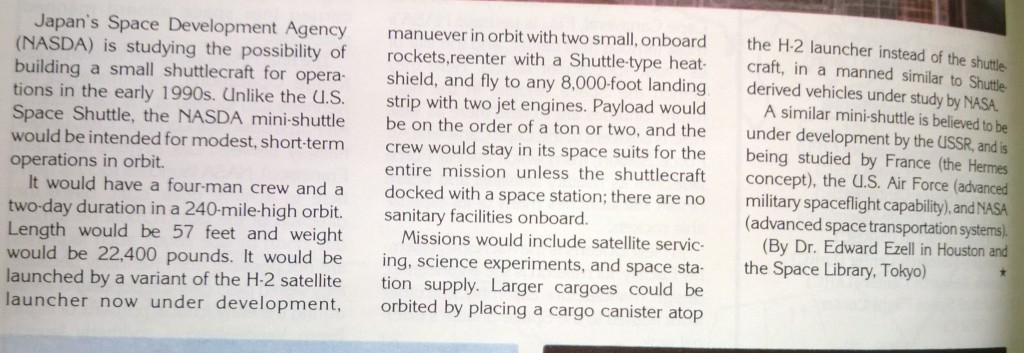Now available… three new additions to the US Aerospace Projects series.
US Bomber Projects #15
USBP#15 includes:
- Bell D2001: A 1957 eight-engined Bell VTOL strike plane for the Navy
- Lockheed “Harvey”: AKA the Hopeless Diamond, Lockheeds first design for what became the F-117
- Convair Model 35: An early push-pull concept for the B-36
- Rockwell D661-27: A nuclear powered strategic bomber
- Boeing Model 464-49: The penultimate major design in the development of the B-52
- Boeing Model 988-123: A highly agile stealthy strike fighter
- Boeing Orbital Bomber: An early concept for a Dyna Soar derivative with eight nukes
- Boeing Model 701-251: A twin engined concept on the road to the XB-59
USBP#15 can be purchased for downloading for the low, low price of $4.25.
—
——————————————-
US Transport Projects #4
USTP#4 includes:
- Boeing Model 473-13: An early twin-engine jetliner
- ICARUS Troop Transport: 1,200 marines, anywhere, anytime
- Republic Model 10 SST: A little known SST competitor
- Lockheed CL-593: A giant, if slow, logistics transporter
- Boeing 763-059 NLA: A whole lotta passengers in one place
- Fairchild M-534: A B-36 converted into a vast cargo carrier
- Lockheed CL-1201: Probably the largest aircraft ever designed
- Oblique All-Wing Supersonic Airplane: A supersonic variable-orientation flying wing
USTP#4 can be purchased for downloading for the low, low price of $4.25.
—
——————————
US Launch Vehicle Projects #2
USLP#2 includes:
- Juno V, 4 stage: An early design that became the Saturn rocket
- Boeing “Space Freighter”: a giant two-stage spaceplane for launching solar power satellites
- Boeing NASP-D: A rare look at an operational National Aerospace Plane derivative
- LLNL Mockingbird: The smallest SSTO ever designed
- Boeing Model 922-101: A fully reusable Saturn V
- NAR Phase B Space Shuttle: a fully reusable two-stage concept
- Martin Marietta Inline SDV: A Shuttle-derived heavy lifter
- Scaled Composites Model 351: The Stratolaunch carrier aircraft
USLP#2 can be purchased for downloading for the low, low price of $4.25.
—



